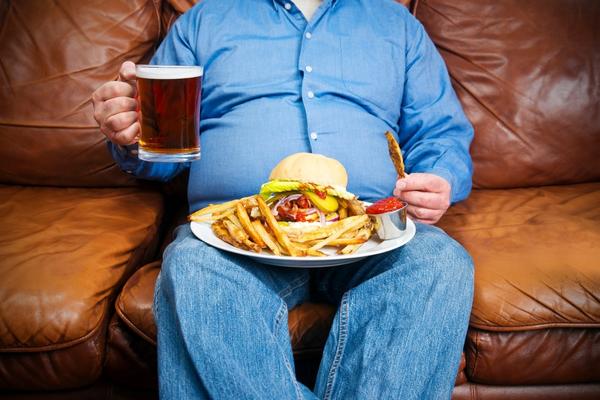Atkins Diet Basics

The Atkins diet is not new. The diet was first popularized in the late 1970s and remains popular due to the low-fat food trend. As low-fat dieters were a pain, they began to look for a more direct solution and Dr. Atkins published New Diet Revolution around this time.
Many individuals have jumped on the Atkins bandwagon, and many have hyped the diet. What are the foundational principles that make up the Atkins diet?
Dr. Atkins proposed the theory that weight gain is due to the overconsumption of carbohydrates and simple sugars. According to Dr. Atkins, your body’s reactions to the carbohydrates that you ingest have an influence on your waist as opposed to your total amount of fat or calories.
Atkins writes in his book that a widespread problem known as insulin resistance occurs. He believes that some of your cells will not function properly when you are overweight.
When you eat an excessive amount of sugars and carbohydrates, your physical body senses that sugar levels are increased. Insulin is released from the pancreas in order to be stored as glycogen in your liver and muscle cells for later use.
However, your body could only store so much glycogen at once. When you eat too many carbs, the excess is stored as fat. This means it happens to everyone who eats too much food.

Insulin-resistant people have a greater time of using and saving excess carbohydrates. The more insulin the average person’s body is exposed to, the more resistant it becomes.
The pancreas works overtime, and its cells become less sensitive to insulin. Over time, these cells could become resistant to insulin and higher insulin levels are released. They release less glycogen and more fat.
As a result of insulin resistance, people with insulin resistance gain weight. The carbohydrates are converted into fat instead of energy. Other side effects include fatigue, brain fog (a complication that impairs attention, memory, and mental creativity), low blood sugar (if it goes untreated can result in hypoglycemia), intestinal bloating, sleepiness, depression, as well as increased blood sugar. More than just weight is at stake when you’re insulin resistant.
The remedy for people suffering from insulin resistance is to cut carbs out of one’s diet. The core of the Atkins diet plan is limiting one’s carbohydrate intake in all forms, including simple carbs (like cookies, sodas, and sweets) and complex carbs (like bread, rice, and grains).
Eat carbohydrates that are commonly regarded as healthy, such as oatmeal, brown rice, and whole wheat bread, are occasionally limited in the diet.
The diet plan encourages you to reduce your carbohydrate intake to under 40 grams every day. This will put your body in a state of ketosis, an analogous process to that of fat storage.
According to research by Dr. Atkins, the ketosis state may also be responsible for insulin production, which will further thwart the creation of new fat mass. Your body will start extracting its own fat from your body as an available fuel source, and you will lose weight.
Another enormous advantage of the Atkins plan is an end to your desire for carbohydrates. If you are still living on a high-carb diet, you may have noticed that it can be hard to get enough carbohydrates.
There is hope
With carbohydrate restriction and ketosis, a decrease in carbohydrate cravings may occur. People who have been on the Atkins diet for some time report that their desire for carbohydrates has diminished.
After the initial stages of the Atkins diet are somewhat strict, the program goes on to teach you how to maintain a balanced diet for the long term. After a gradual reintroduction of carbs, you can find a happy balance between health and nutrition.
The basic principles of the Atkins diet have since been adapted to a variety of other low-carb diets. However, Atkins’ fame remains strong, as many individuals continue to search for an effective solution to manage their insulin resistance.
